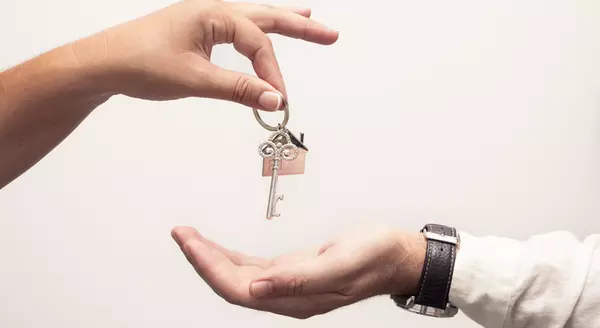What Really Influences Your Property's Price

When it comes to valuing a home, most people think of square footage, number of bedrooms, and the overall condition. However, there's a myriad of unseen factors that influence a property's price, factors that often escape the casual observer. In this blog, we'll dive into these subtle yet significant elements that play a crucial role in determining your home's value.
1. Neighborhood Dynamics:
Your neighborhood is more than just a location; it's a community. Factors like safety, cleanliness, proximity to good schools, and the friendliness of neighbors can subtly impact your home's value. A vibrant, tight-knit community often translates to higher property prices.
2. Future Development Plans:
City planning and future development projects can significantly influence home values. The announcement of a new school, a shopping center, or improved public transportation in the vicinity can lead to a spike in property prices as the area becomes more desirable.
3. Historical Significance:
Historical significance adds a layer of value to a property. Homes that have a unique history or are part of a well-preserved historical district often fetch higher prices due to their cultural and architectural importance.
4. Natural Light and Ventilation:
Homes flooded with natural light and excellent ventilation are not only pleasant to live in but also more valuable. Buyers often look for properties where they can enjoy sunlight streaming in through windows and fresh air circulating freely.
5. Quality of Schools:
Proximity to high-quality schools is a major consideration for families. Homes in areas served by reputable schools tend to command higher prices, as parents are willing to invest more in a home located within a good school district.
6. Accessibility and Infrastructure:
The ease of access to essential services like hospitals, markets, and public transportation significantly impacts a home's value. Properties located near well-maintained roads, public transport hubs, and amenities tend to be more valuable due to the convenience they offer.
7. Environmental Factors:
Environmental aspects such as nearby parks, green spaces, and a pollution-free environment enhance a property's value. Being close to nature or having a scenic view can create a serene living environment, making the property more desirable.
8. Job Opportunities:
Areas with a thriving job market tend to attract more residents, leading to increased demand for housing. Proximity to business districts and employment opportunities can drive up property prices in a region.
9. Zoning Laws and Regulations:
Zoning laws impact what can and cannot be done with a property. Understanding the zoning regulations of your area is vital. Properties in areas with clear, favorable zoning laws often have higher values.
10. Home Energy Efficiency:
In today's eco-conscious world, energy-efficient homes are highly sought after. Properties with energy-saving features like solar panels, energy-efficient appliances, and good insulation often have higher values due to the reduced long-term costs for homeowners.
Conclusion:
Beyond the obvious features, these unseen factors intricately weave the tapestry of your home's value. Understanding and appreciating these subtleties can not only help you gauge your property's worth more accurately but also aid in making informed decisions when buying or selling a home. As you navigate the real estate market, consider these unseen elements—they might just be the key to unlocking the full potential of your property.
Categories
- All Blogs (781)
- Buyer's Market (9)
- Cash Flow (2)
- Design and Maintenance (42)
- Featured Listings (6)
- First-Time Home Buyers (39)
- Holidays (5)
- Home For Sale (7)
- Home Loans (3)
- Home Pricing (3)
- Home Showing (2)
- Homeowners (24)
- Investment Properties (9)
- Market Update (10)
- Mortgages (9)
- Real Estate Fun Facts (12)
- Real Estate Investors (22)
- Real Estate Marketing (13)
- Seller's Market (4)
- Selling Your Home (20)
- Sold Homes (12)
- South Jersey Updates (26)
- This Weekend Happenings (28)
- Tips For Home Buyers (17)
Recent Posts

![Builders Are Building Smaller Homes [INFOGRAPHIC]](https://img.chime.me/image/fs/chimeblog/20240504/16/w600_original_39aacbf5-2468-464c-acda-b86e3e29eff4-png.webp)








GET MORE INFORMATION

